Best Tips For How to Gather Fabric With Elastic: 2024 Guide
Welcome to our comprehensive guide on how to gather fabric with elastic!
Whether you’re a seasoned seamstress or a beginner looking to expand your sewing skills, this article will provide you with the knowledge and techniques you need to achieve beautiful gathers in your fabric.
By implementing these expert tips and following our step-by-step instructions, you’ll be able to create stunning gathered garments that will make you stand out from the crowd.
Understanding the Basics of Gathering
Before we dive into the techniques, it’s important to understand the basic concept of gathering fabric.
The gathering involves creating controlled and evenly distributed folds or pleats in fabric to achieve a gathered effect.
This technique is commonly used in various sewing projects, including skirts, dresses, sleeves, and decorative details.
Gathering fabric with elastic offers several advantages over traditional gathering methods.
Elastic not only allows for greater flexibility and ease of use but also ensures a more even distribution of gathers and offers a comfortable fit.
Now, let’s explore the step-by-step process of gathering fabric with elastic.
How To Gather Fabric With Elastic
To gather fabric with elastic, you can follow these steps:
Step 1: Gather All The Supplies
- Fabric
- Elastic (approximately 1/4 to 1/2 inch wide)
- Scissors
- Pins
- Sewing machine or needle and thread
- Measuring tape or ruler
Step 2: Selecting the Right Elastic
Choosing the appropriate elastic for your project is crucial for achieving optimal results. Consider the weight and type of fabric you’re working with, as well as the desired level of gathering. Generally, a narrower elastic is suitable for lighter fabrics, while wider elastics work well with heavier fabrics.
Step 3: Cut The Elastic
Measure the desired length of elastic for your project. Cut the elastic to this measurement, adding an extra inch or two for overlap.
Step 4: Separate The Waist
If you are gathering fabric for a waistband, separate the waist area of your fabric by folding it over and marking the top edge with pins or chalk.
Step 5: Match Up The Mark
Take your cut elastic and match up the ends to create a loop. Pin the looped elastic to the marked waist area of your fabric, ensuring that the edges of the elastic align with the edges of the fabric.
Step 6: Begin Sewing Over The Elastic
Using a sewing machine or needle and thread, stitch over the elastic and fabric, making sure to backstitch at the beginning and end to secure the elastic in place. Stretch the elastic as you sew to evenly distribute the gathering.
Step 7: Complete The Work
Once you have sewn the elastic all the way around the waist (or desired area), trim any excess elastic and fabric. Remove any pins, and your gathered fabric with elastic is complete.
How do you Sew Elastic to Gather Fabric by Hand?
To sew elastic to gather fabric by hand, follow these steps:
- Measure and cut the elastic to the desired length, allowing for a slight overlap.
- Pin one end of the elastic to the fabric, aligning the edges.
- Using a needle and thread, make a few small stitches to secure the elastic to the fabric at the pinned end.
- Hold the fabric with one hand and gently stretch the elastic while using your other hand to stitch it to the fabric.
- Sew with a zigzag stitch, catching the elastic and fabric together. Be careful not to pull too tightly, as it may cause the fabric to pucker.
- Continue stitching along the entire length of the elastic, adjusting the fabric gathers as needed.
- Once you reach the other end, overlap the elastic with the initial pinned end and stitch them together securely.
- Remove the pins and trim any excess threads.
Reasons To Use Elastic To Gather Fabric
- Elastic provides an easy and adjustable method of gathering fabric.
- It allows for comfortable movement and flexibility.
- Elastic gathers can be used in various sewing projects, such as waistbands, cuffs, or decorative details.
- Elastic gathers are often used in children’s clothing, as they accommodate growth.
Other Ways To Gather Material Or Fabric
- Fabric Gathering With A Serger: A serger can be used to gather fabric by adjusting the tension settings and differential feed. This method provides a quick and efficient way to gather fabric edges.
- Fabric Gathering With Cord: By using a cord, you can create gathers by hand-basting along the desired area and then pulling the cord to gather the fabric. This method is commonly used in ruffles or decorative gathers.
- Fabric Gathering By Hand: Hand-gathering involves sewing long, even stitches along the fabric and then pulling the threads to gather it. This method requires more time and effort but allows for precise control over the gathers.
What Are The Essential Tools I Need For Fabric Gathering?
Here are the essential tools for fabric gathering:
- Fabric
- Elastic, cord, or thread for gathering
- Scissors
- Pins or clips
- Sewing machine or needle and thread
- Measuring tape or ruler
- Chalk or marking tool
Why do you need to Gather Fabric with Elastic
Gathering fabric with elastic serves several practical and aesthetic purposes in sewing projects. Here are a few reasons why you might choose to gather fabric with elastic:
- Create Fullness and Volume: Gathering fabric allows you to add fullness and volume to garments or home decor items. By strategically placing gathers, you can achieve a flattering and feminine silhouette in dresses, skirts, and sleeves. Additionally, the gathering can add a decorative touch to curtains, valances, or pillows, making them look more luxurious and visually interesting.
- Achieve a Custom Fit: Elastic gathers provide a flexible and adjustable fit. When sewing waistbands or cuffs, gathering fabric with elastic allows the garment to comfortably conform to the wearer’s body. This is particularly useful when making garments for children, as their measurements may vary, or when you want a garment to have some stretch for ease of movement.
- Add Texture and Dimension: Gathers can introduce texture and dimension to your sewing projects, enhancing their visual appeal. By gathering the fabric in specific areas, such as yokes, ruffles, or tiers, you can create interesting design elements that elevate the overall look of your creations.
- Enhance Details and Accents: Gathers can be used as decorative accents or to highlight specific features of a garment. For example, gathering fabric around a neckline can create a delicate and romantic effect. It can also be used to emphasize certain areas like the bust or waist, drawing attention to those focal points.
- Soften Edges and Transitions: Gathering fabric with elastic can soften edges and transitions between different fabric sections. It helps create smooth and seamless connections, especially when attaching gathered sections to non-gathered parts of a garment. This technique is commonly used in gathering sleeves onto armholes or adding gathered panels to a bodice.
- Versatile Design Element: Gathering fabric with elastic offers versatility in design. You can adjust the gathering density and distribution to achieve different effects. From subtle and delicate gathers to bold and dramatic ones, the choice is yours, allowing you to customize your projects to suit your personal style and desired aesthetic.
Can I Gather Fabric With Shirring Elastic?
Yes, shirring elastic can be used to gather fabric. Shirring elastic is an elastic thread that is specifically designed for creating shirring or smocking effects.
It is often used in lightweight fabrics, such as cotton or voile, to create decorative gathers and stretchy waistbands.
When using shirring elastic, you will need to wind it onto the bobbin of your sewing machine and adjust the machine’s settings to create the desired gathering effect.
Can you gather stretchy fabric?
Yes, the stretchy fabric can be obtained from various sources such as fabric stores, online retailers, or specialty suppliers.
It is commonly used for activewear, sportswear, and garments that require flexibility and comfort.
Can you gather it with elastic thread?
Yes, the elastic thread can be gathered. It is a stretchable thread commonly used in sewing to create gathers or shirring in fabric.
The elasticity of the thread allows for easy manipulation and gathering of the fabric, providing the desired gathered effect.
Can I adjust the amount of gathering in my fabric?
Absolutely! The amount of gathering can be adjusted by varying the length of the elastic used. Longer elastic will create more gathers, while shorter elastic will produce less gathering. Experimenting with different elastic lengths will help you achieve your desired look.
Is there an alternative method for gathering fabric?
Yes, another popular method for gathering fabric is using gathering stitches. By sewing two parallel rows of long stitches and then gently pulling the bobbin threads, you can gather the fabric. However, gathering with elastic provides a more controlled and even result, especially for lightweight fabrics.
How do I care for fabric that has been gathered with elastic?
When laundering fabric is gathered with elastic, it is best to follow the care instructions for the specific fabric used. Generally, it is advisable to machine wash on a gentle cycle or hand wash, and air dry or tumble dry on low heat to maintain the gathered appearance and prevent damage to the elastic.
Can I reuse the elastic after removing the gathers?
Yes, in most cases, the elastic can be reused after removing the gathers. Carefully remove the stitches holding the elastic in place, and it will regain its original form. However, if the elastic has stretched or lost its elasticity, it is recommended to replace it for optimal results.
Conclusion
In conclusion, learning how to gather fabric with elastic is a game-changer for any sewing enthusiast. By utilizing this simple technique, you can effortlessly add stylish gathers to your garments, home decor projects, and more. From creating elegant drapes to adding a touch of flair to your dresses, the possibilities are endless.
With our step-by-step guide and expert tips, you’ll be able to achieve professional-looking results in no time. So, embrace the art of fabric gathering with elastic and elevate your sewing projects to new heights of creativity and beauty.
Start gathering today and watch your creations come to life!
FAQs: How To Gather Fabric With Elastic
How does gathering fabric with elastic work?
Gathering fabric with elastic involves stitching a piece of elastic to the fabric and then evenly distributing the fabric along the elastic. As the elastic contracts, it creates gathers or pleats, giving the fabric a stylish and voluminous appearance.
What type of elastic should I use for gathering fabric?
It is recommended to use thin, lightweight elastic for gathering fabric. 1/4-inch or 3/8-inch wide elastic works well for most projects. Make sure the elastic is not too tight or too loose, as it should provide a gentle gathering effect without distorting the fabric.
Can I gather any type of fabric with elastic?
Yes, gathering fabric with elastic works for most types of fabrics, including cotton, polyester, chiffon, and more. However, it is important to adjust the tension and stitch length based on the fabric’s thickness and stretchiness to achieve the desired gathering effect.
Are there any special techniques for gathering fabric with elastic?
To ensure even gathers, it’s helpful to mark the fabric and elastic into equal sections before sewing. Additionally, using a zigzag stitch or a stretch stitch while attaching the elastic can provide extra durability and flexibility to the gathered fabric.
How do I prevent the elastic from twisting while gathering fabric?
To avoid twisting, secure one end of the elastic to the fabric before stitching. Then, gently stretch the elastic while sewing, making sure it lies flat against the fabric. Double-check that the elastic is not twisted or folded under itself before completing the stitching.
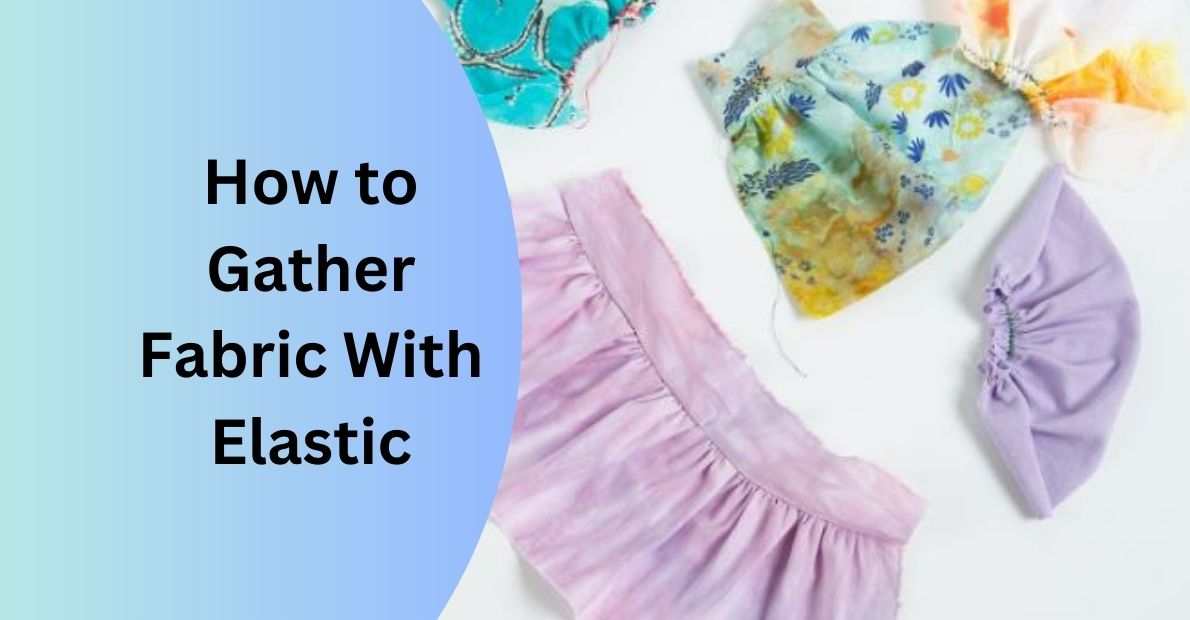
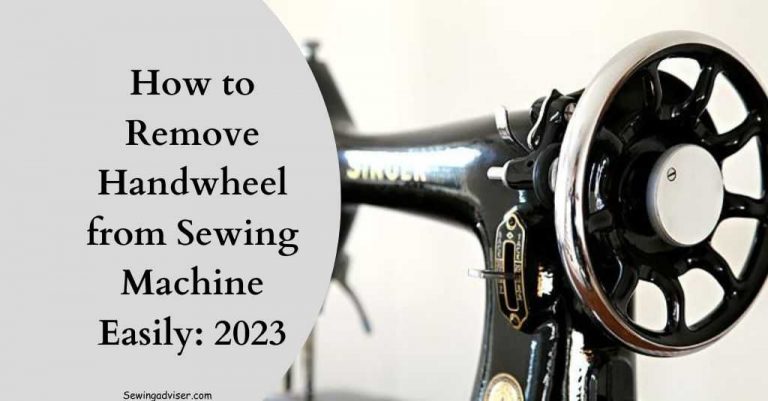
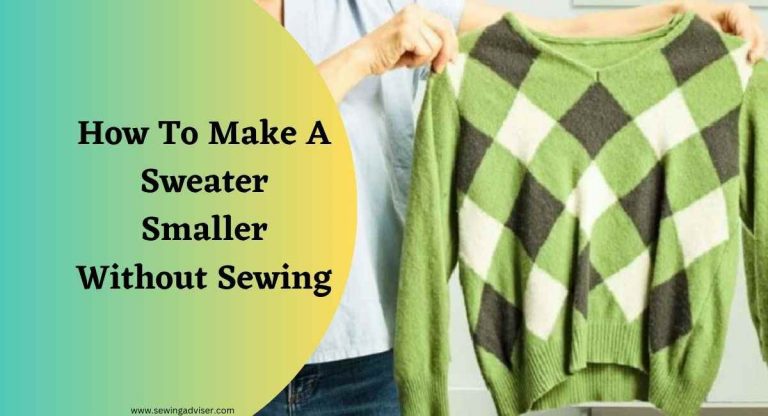
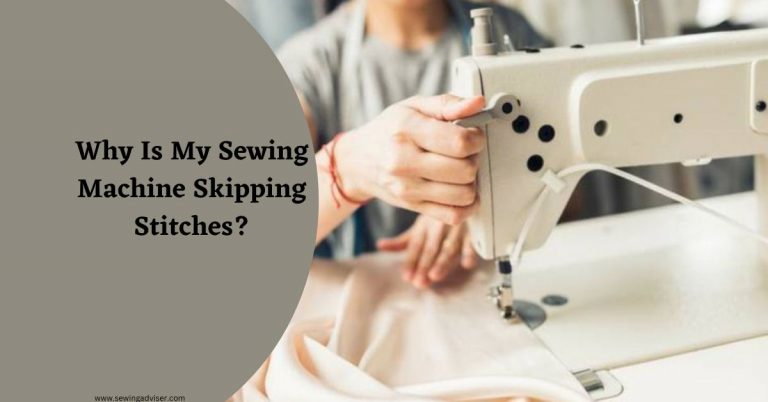
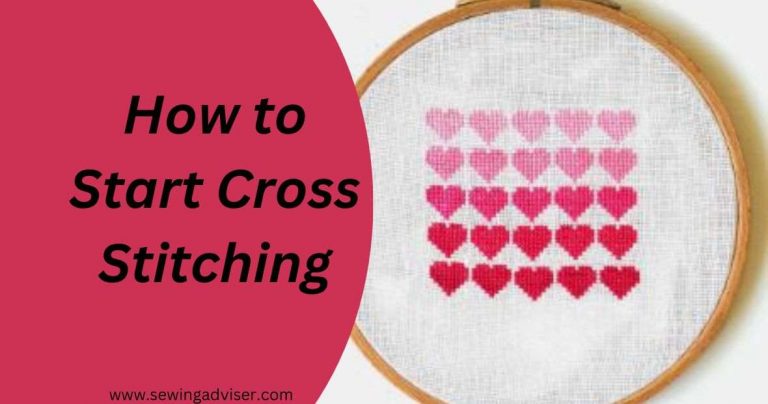

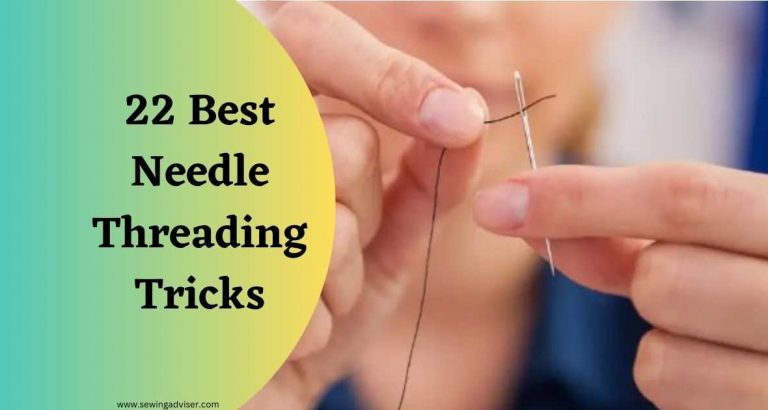
13 Comments